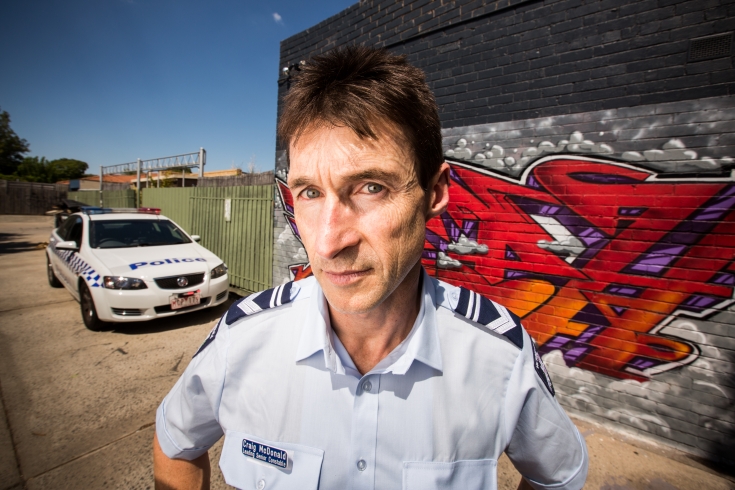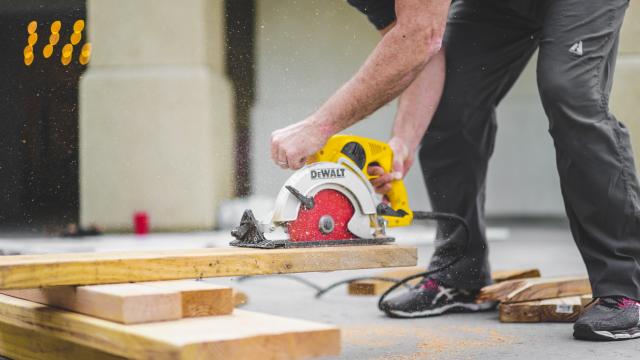“I COULD have been the next Jill Brookes,” an emotional woman told fellow traders, police and council officers gathered at the back of a shop in Altona’s Harrington Square shopping centre last Thursday night.
Ms Brookes, the owner of Westside Stories bookshop, was almost bashed to death on July 20.
The panicked trader told how her business had been robbed by a man who rolled a balaclava down his face as he entered her shop.
She was fearful of being identified.
“If I didn’t run to the back, I could have been the next Jill Brookes.”
The very next night, three men were arrested and charged with trying to steal a car in the square.
Traders heard that Ms Brookes, 61 at the time of her attack, had had a metal plate inserted in her head. All her shop stock will be sold by the end of next month as she has no plans to return.
Since her bashing, in Harrington Square there has been a robbery, attempted burglary, burglary, smashed window, damaged fence, repeated graffiti attacks and young people gathering at the square for fights and parties. One time, about 40 people showed up after a girl posted a ‘party’ on Facebook.
But for traders, the last seven months have been so quiet compared to usual that “it’s almost surreal”.
Police will conduct a crime prevention audit of Harrington Square, which is the only Hobsons Bay shopping centre to come under a police portfolio.
Sergeant Tony O’Doherty, who is in charge of looking after the square, said police would welcome protective services officers at Westona train station, which is directly opposite.
“This whole concept seems to be working far better than anyone ever dreamed it would,” he said of PSOs. “They’re making a lot of arrests and it’s cramping the crooks’ style.”
Sergeant O’Doherty urged traders to follow the “broken windows” theory, which, he said, had brought down crime in New York.
The theory states that removing graffiti and repairing criminal damage prevents further vandalism and more serious crime.
Leading Senior Constable Craig McDonald will conduct an audit of the centre to see how crime can be prevented and criminals discouraged. He said sometimes the solutions weren’t obvious; for example, lighting could sometimes have the opposite effect to that intended.
“There was a park in Laverton where girls were getting assaulted because lighting encouraged people to walk in and then it was dark in the middle.”
The police audit will help inform council officers who are preparing a report for council by next month.







